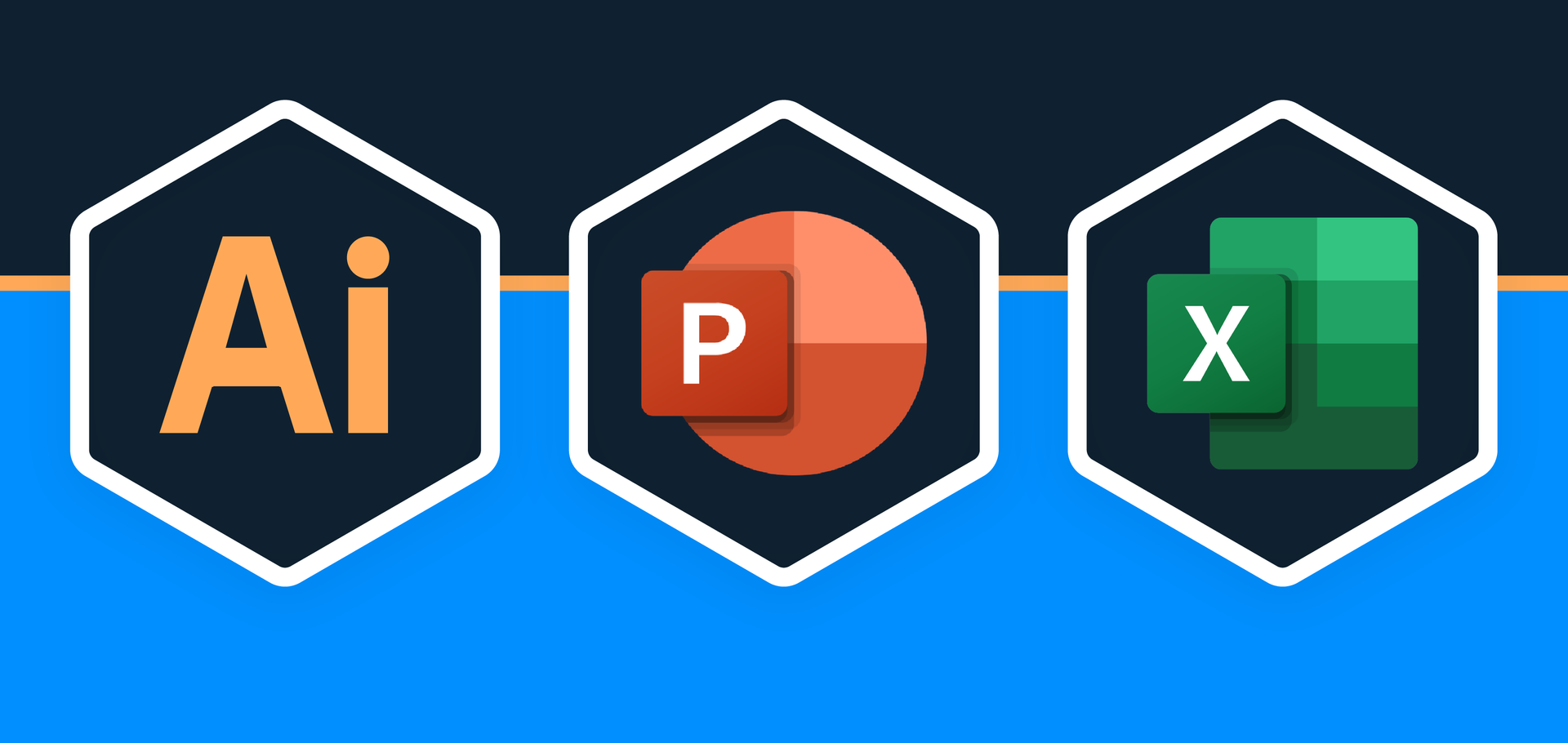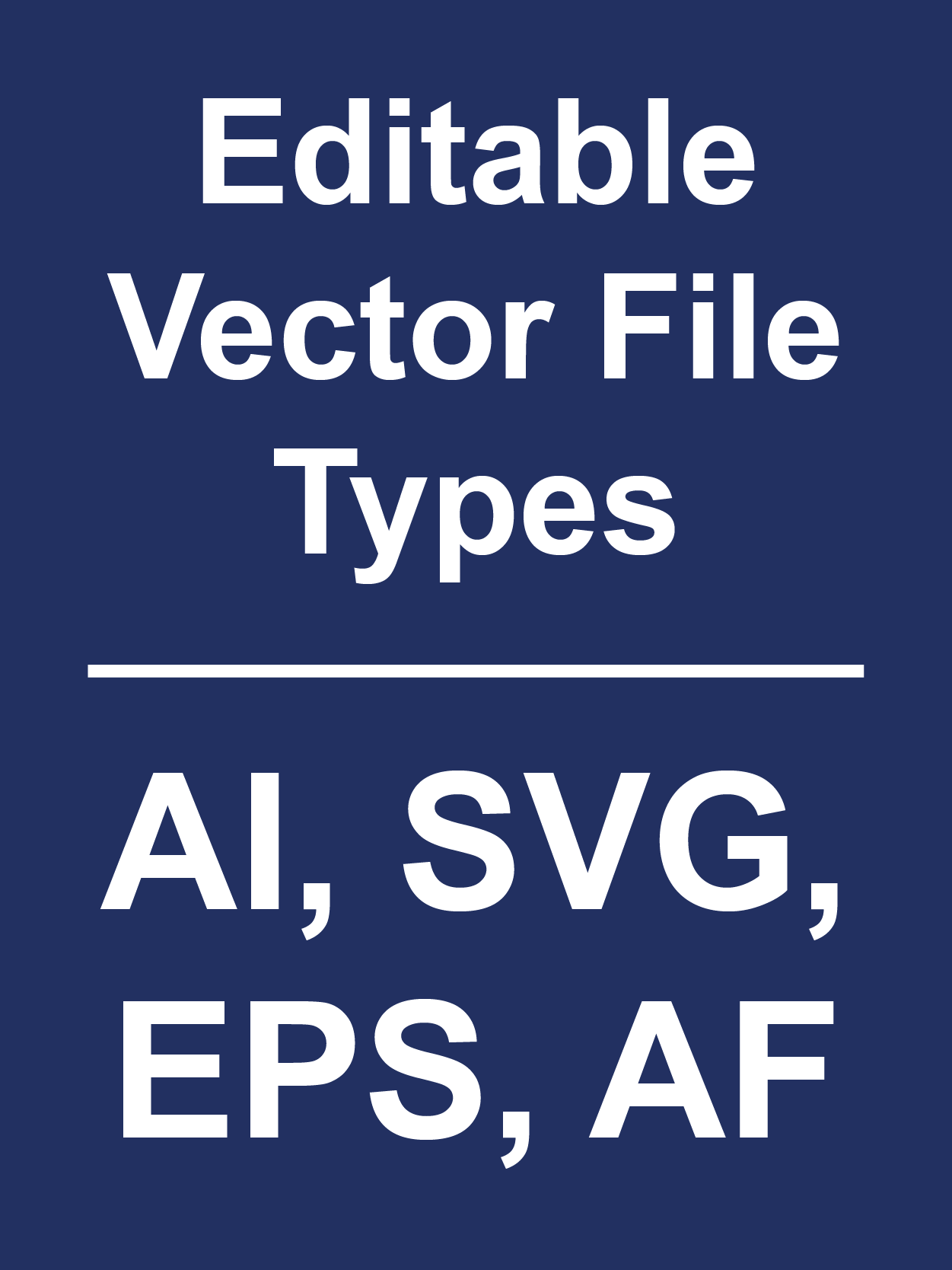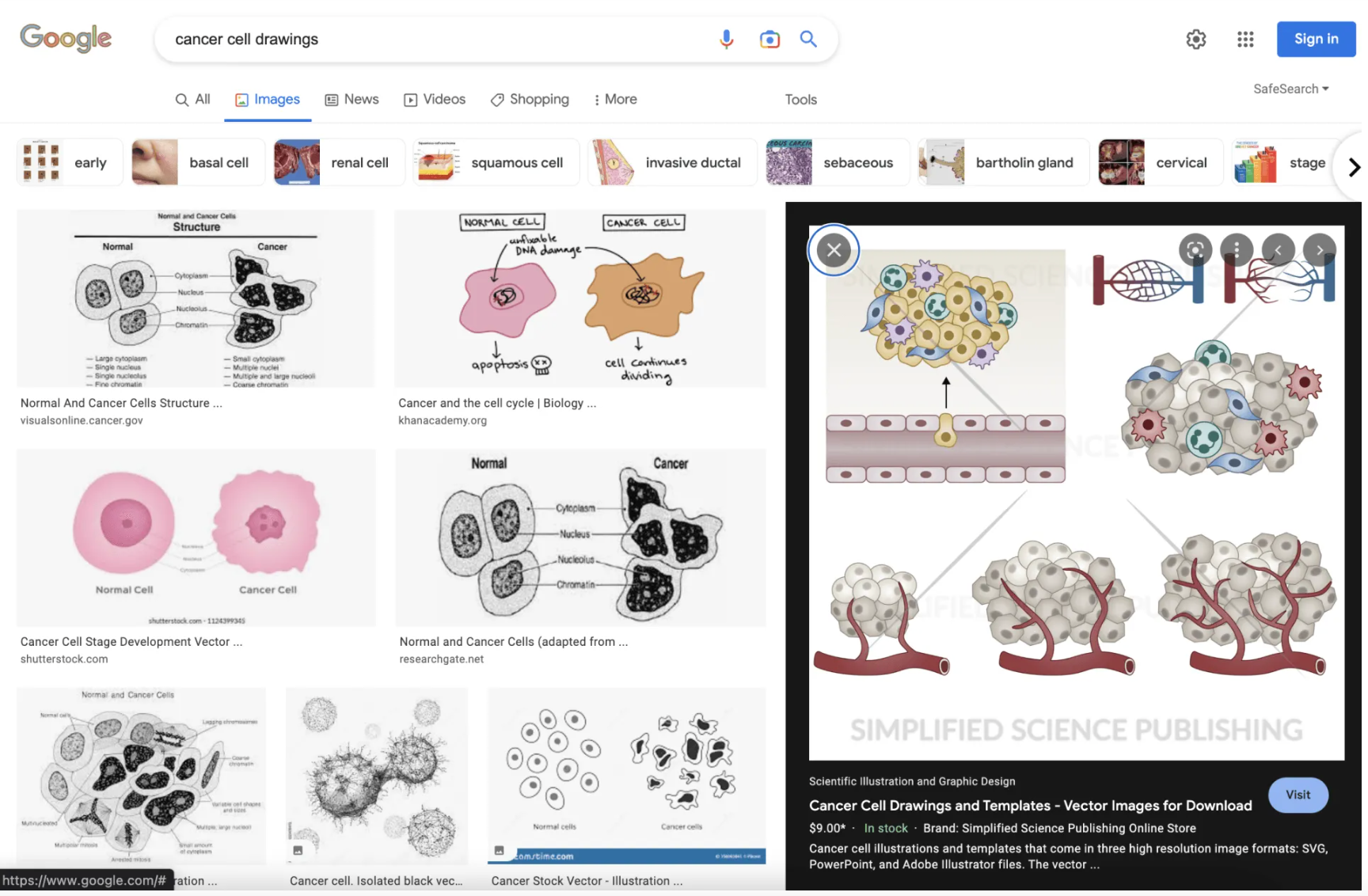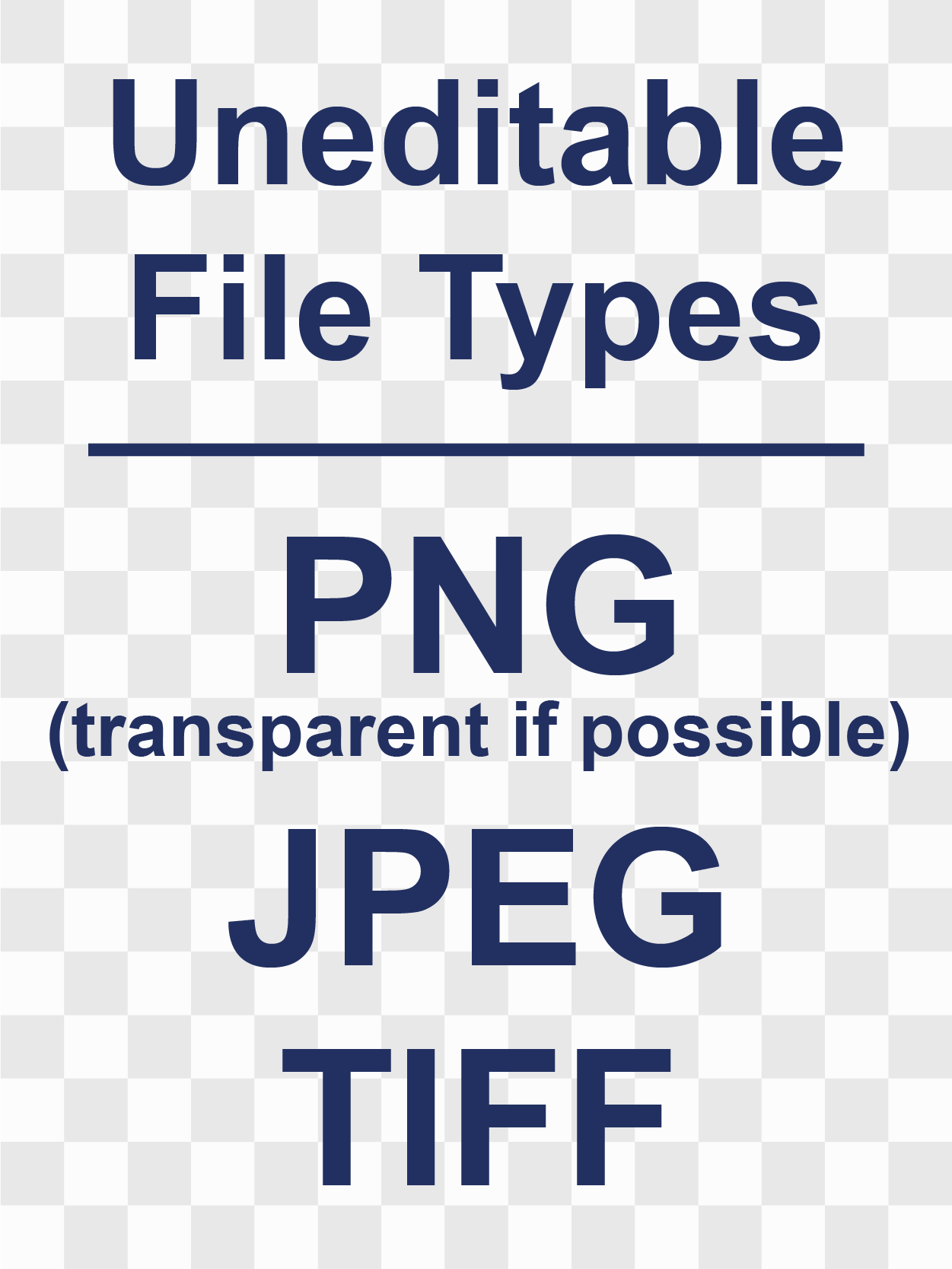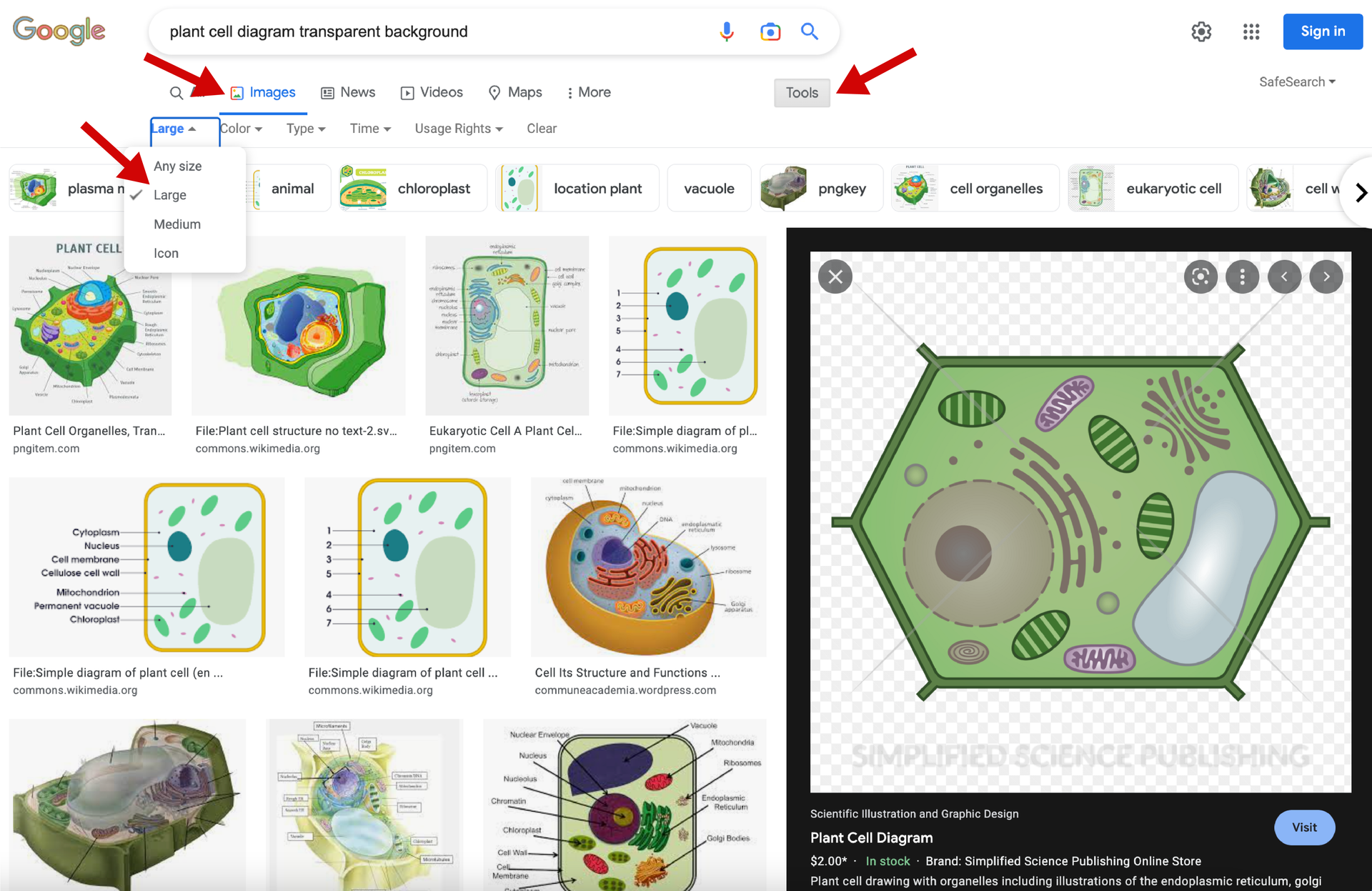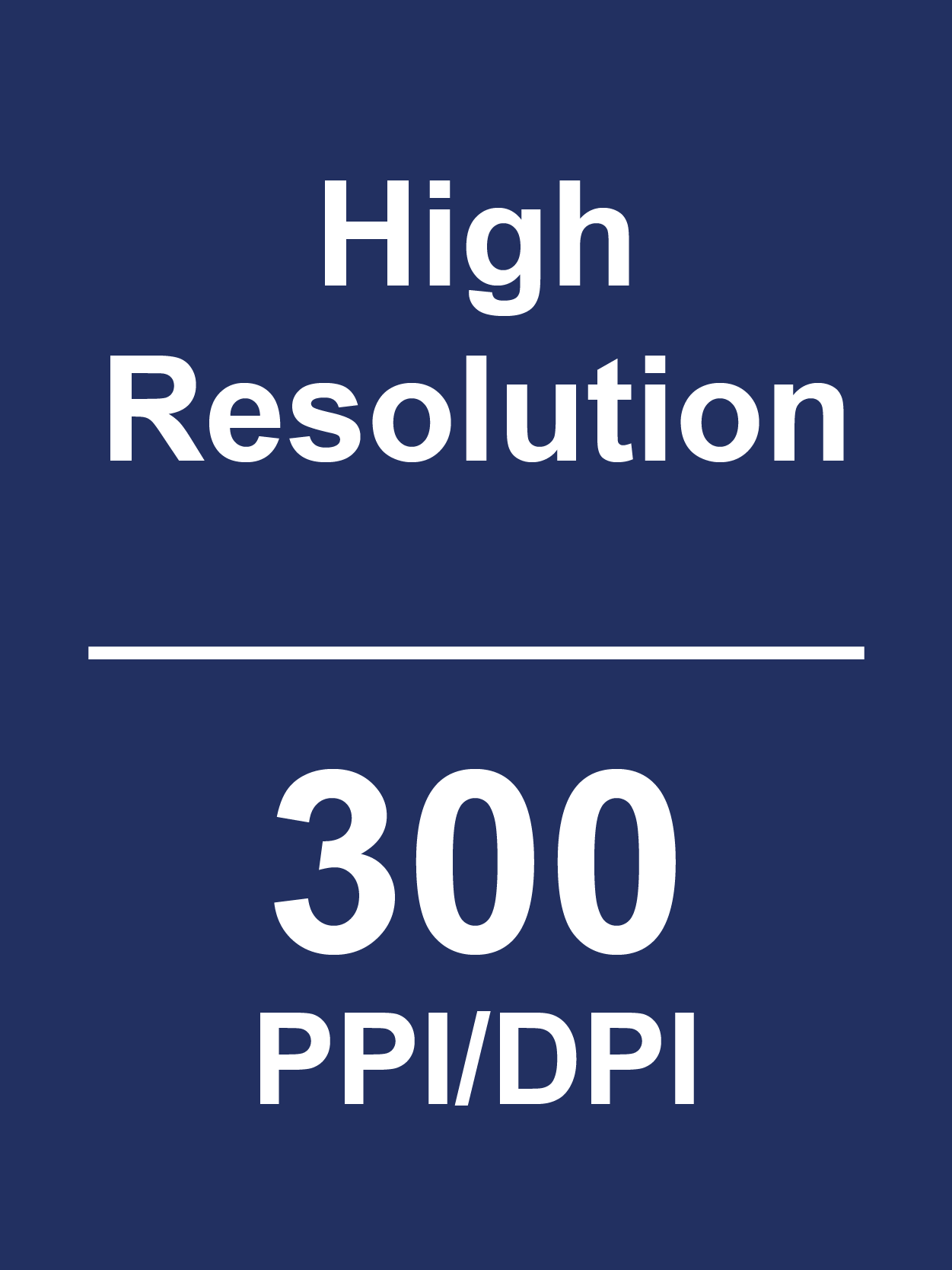Guide to Using Science Images for Research Papers
Learn More About Simplified Science PublishingOne easy way to include science images in your manuscripts is to download and customize them for your figures.
When downloading images from the internet to use in your scientific papers and presentations, you need to be careful that they match the copyright, resolution, and sizing rules that allow them to be used in academic journals. This science image guide provides tips to help you choose the right kinds of files that you can use to create your own impressive designs.
Which image format is best for research papers?
There are two categories of images that can be used for scientific publications: editable and uneditable. Editable images that can be fully customized and scaled without losing resolution are called vector files. Uneditable images don't allow you to adjust the design or color and come in wide range of formats from low to high resolution. Both of these image types can be used in scientific papers as long as you follow the proper copyright and resolution rules. Learn more about these image types and the different uses below.
1. Editable Images
The best kind of science images are editable vector files that allow you to customize the designs to best match the main points of your research. These include image file types such as Scalable Vector Graphics (.svg), Adobe Illustrator (.ai), Affinity Designer (.afdesign), Encapsulated PostScript (.eps), and some files in PowerPoint (.pptx) if they were drawn using PowerPoint shape tools.
Editable Image Tips:
- Editable images are important because some scientific journals, such as Science, require that you provide them with figures that are formatted using editable vector files.
- Be cautious of using images and database tools that only offer limited design customization options such as BioRender. Partially editable images can be difficult to make an illustration that looks professional and seamless with your data and other designs.
- Vector images have customizable sizes, resolution and transparent backgrounds, so you can always scale the image and insert it into any background.
- Make sure you follow the copyright rules associated with your image download. Some vector image databases require attribution and others allow you to use them for any purpose.
How to Find Editable Images
The easiest ways to find editable images is to explore science image databases or use Google search. I recommend using the search terms "drawings", "vector art", or "vector images" paired with the image type keyword.
The example below shows the Google Image search results for "cancer cell drawings" with a variety of different options for downloading different types of science images. You will still need to make sure that the image is available as a vector file type to be fully editable (e.g. SVG, AI, or EPS file types). Most vector images will require some sort of payment or subscription to download the high resolution files and use without copyright issues.
1. Uneditable Images
The second best format is uneditable images. Common uneditable image types are PNG, TIFF, or JPEG formats and these can be incorporated into your scientific figures and presentations as long as they have high enough resolution and have copyright rules that allow you to use them in academic publications.
Uneditable image tips:
- Check the resolution of downloaded images to make sure they are high enough to use in scientific publications without looking grainy or unclear (see the "How to check image resolution" instructions in the section below).
- Try to find PNG images with transparent backgrounds to make it easier to incorporate into your scientific figures and posters.
- Be very careful in checking the source of uneditable images and follow all copyright rules associated with the image. Uneditable image are more likely to have copyright rules associated with them that do not allow their use in scientific journals.
How to Find High Resolution and Transparent Images
The easiest ways to find high resolution and transparent images is to explore science image databases or use Google search. I recommend using the search terms "transparent background" and using the Google "Tools" feature to limit the search for "Large" images.
The examples below shows the Google Large Image search results for "plant cell diagram transparent background" that show a variety of different options for downloading high resolution and transparent science images.
What image sizes are best for scientific publication?
Size and resolution are important because images need to be high resolution enough to show sharp shapes and lines when it is used in a printed or digital figure. Below are tips on how to choose the right image sizes and resolutions.
Image Resolution
Resolution is the most important aspect of a downloaded image or scientific figure and affects the sharpness of the details. A low-resolution image will have around 72 PPI and high resolution images are at least 300 PPI.
- Most scientific journals require images and figures to be at least 300 PPI/DPI.
- The "PPI" stands for Pixels Per Inch and is used when referring to digital file resolution and "DPI" stands for Dots Per Inch and is used for printing resolution.
How to Check Image Resolution:
- Windows computer: Right-click on the file, select Properties, then Details, and you will see the DPI in the Image section, labeled Horizontal Resolution and Vertical Resolution.
- Mac computer: Open the image in Preview and select Tools, then Adjust Size, and find the label Resolution.
Image Size
The size requirements will depend on how you plan to use the image. Most scientific journals use a maximum figure width of 180mm, so if you only plan to use images in scientific publications, then you only need them large enough to look sharp within a 180 mm wide figure (~600 pixels wide).
If you plan to use the image in presentation or posters slides, you will need to have much larger images to not have resolution issues when shown on a big screen that is 1280 x 720 pixels or printed on a poster that is approximately 48 x 36 inches.
How Can I Find Copyright-Free Images?
Copyright License Review
Anyone who creates their own original artwork has the right to be acknowledged as the creator of that image. They automatically own the copyright for the image, which means that legally, they have the right to decide where and how that image can be used. In order to be able to use images in scientific papers, you will need to know what kind of copyright license is being used, which you can usually find by looking for the original source of the image or by reading the fine print of the image database.
Types of copyright licenses for scientific use:
- Public Domain - Images generally become public domain after 70 years after the creator's death. If the copyright is not renewed on the creator's behalf, the image can become part of the ‘public domain’, and the copyright no longer applies.
- Creative Commons 4 - You can adapt and share the image in anyway you like, but this license requires attribution, so you will need to include the original creator in the acknowledgements of the research paper, posters, and acknowledged on your presentation slides.
- Stock Images - Image databases that allow you to license the designs. Make sure to read the fine print on how you are allowed to use the image (e.g. personal and commercial uses).
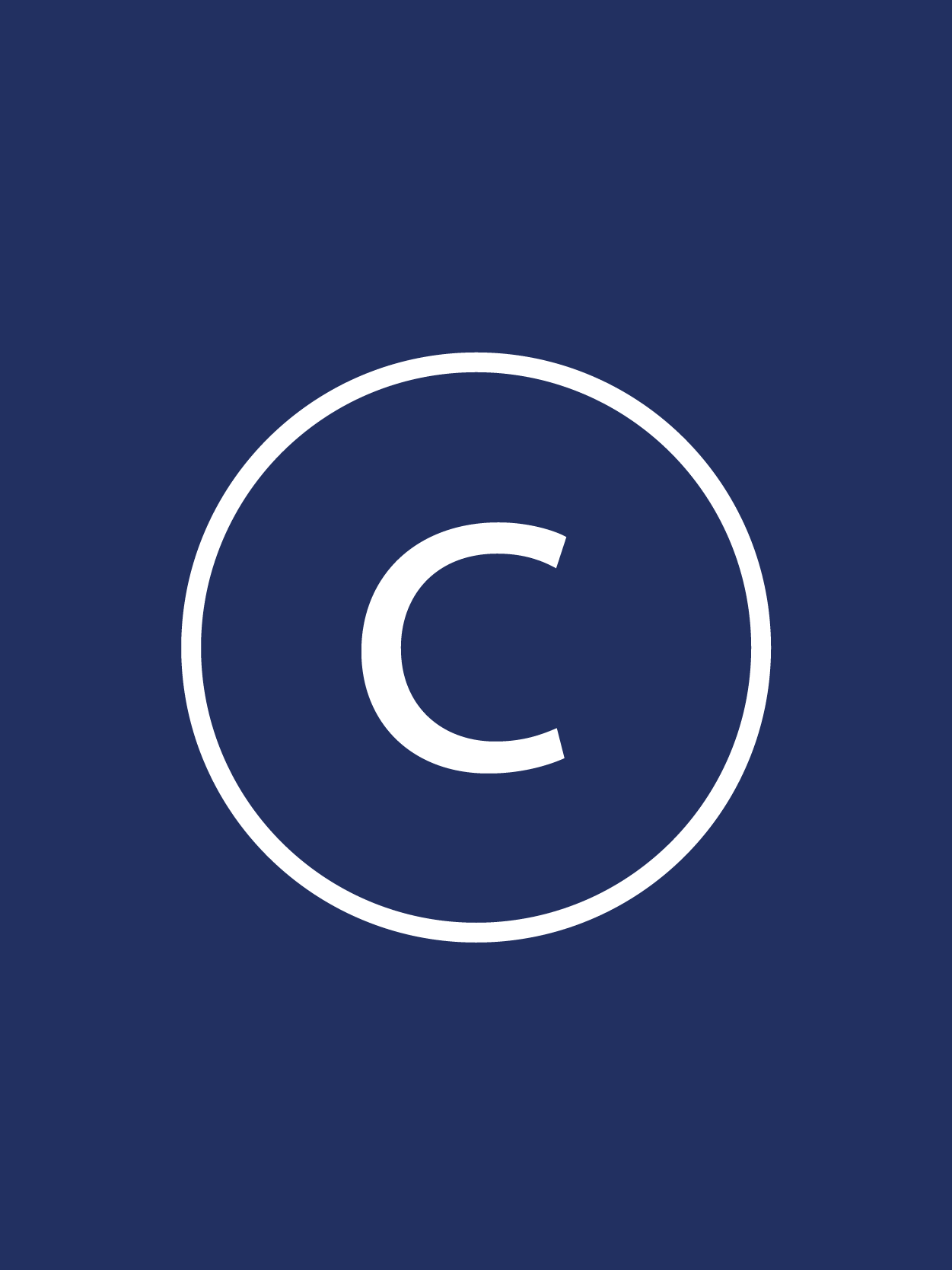
How to Find Copyright-Free Images:
Look for image databases that have copyright licenses that allow you to use the images "For personal, academic, and commercial projects and to modify it" such as:
NOTE: Some copyright-free image databases may still require that you attribute the illustration to the original author in your scientific publication. Read the fine print to make sure you are using the image correctly!
- Here is an example of Simplified Science Usage Rules for comparison to other image databases.
How to Use Downloaded Images in Publications?
Create professional science figures with illustration services or use the online courses and templates to quickly learn how to make your own designs.
Interested in free design templates and training?
Explore scientific illustration templates and courses by creating a Simplified Science Publishing Log In. Whether you are new to data visualization design or have some experience, these resources will improve your ability to use both basic and advanced design tools.
Interested in reading more articles on scientific design? Learn more below:
Content is protected by Copyright license. Website visitors are welcome to share images and articles, however they must include the Simplified Science Publishing URL source link when shared. Thank you!


